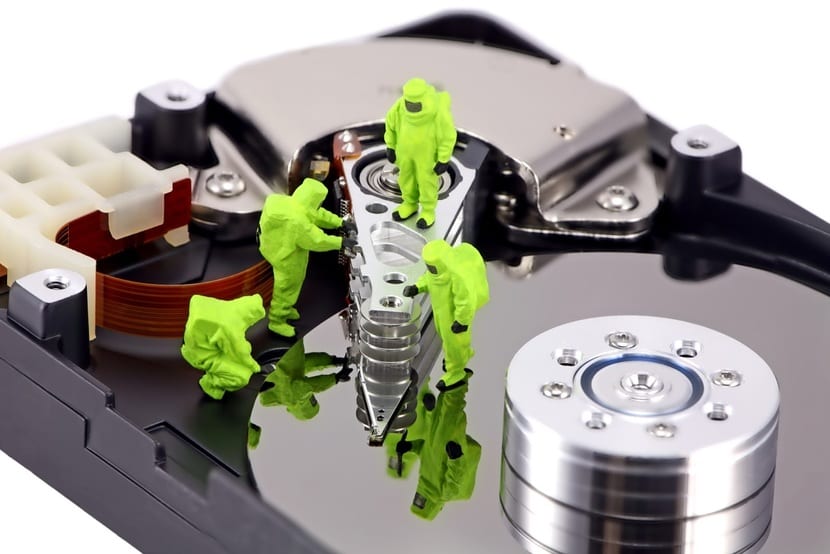
You will already know that there are many programs that will help us manage our disk partitions in Linux, but many times that huge amount of alternatives becomes a problem for the most novice in the field and makes them doubt which one to choose. As I always say, there is no ranking of the best or worst tools for partitioning, but you may like some more than others, but they all have their advantages and disadvantages, so choose the one that best suits you or the one you choose. adapt better. However, here we list some of the best that you can review ...
You should know that managing hard disk partitions is a 'high risk' practice because if you don't know exactly what you are doing, you can leave the system useless or you can load up a large amount of important information at one stroke that you would not like to lose. For this reason, you should use these programs if you know what you are doing, especially the command line ones, which tend to be somewhat more complicated for beginners. If you are a beginner, I would recommend you start with the graphical options of the tools that we have and forget about the command line ones.
However, here we are going to present you two of best command line tools that you can use to manage your partitions and hard drives:
- Fdisk: it is a powerful command line tool with a text mode interface with which you can manage your partitions. Their help makes it easy to operate, but that does not mean that it is easy for someone with little knowledge. Each command in its interactive menu can be invoked with a single letter, such as m for help, n for creating new partitions, p for listing the partition table, t for formatting, w for writing the partition, and so on.
- parted: it is another tool in text mode whose main difference from the previous one is that all the actions of the sent commands will be applied immediately. Therefore you have to handle it even more carefully than the previous one ...
And on the other hand three of the most relevant in terms of tools with GUI:
- GParted: I think it is the most recommended for all types of users because its graphical interface is simple and intuitive and allows a lot of operations to be carried out on system partitions. From respawn, create new, format, create partition tables, resize, etc.
- GNOME: it brings its own disk tool installed by default, its interface is simple but honestly, if you want to do things beyond the capabilities of this tool, I recommend GParted.
- KDE: How could it be otherwise, KDE has also provided its Plasma desktop environments with another partitioning tool by default. In this case the interface seems more similar to GParted and is simple, so it could potentially be another good option. As for the possibilities it offers, they are more or less similar to the previous ones.